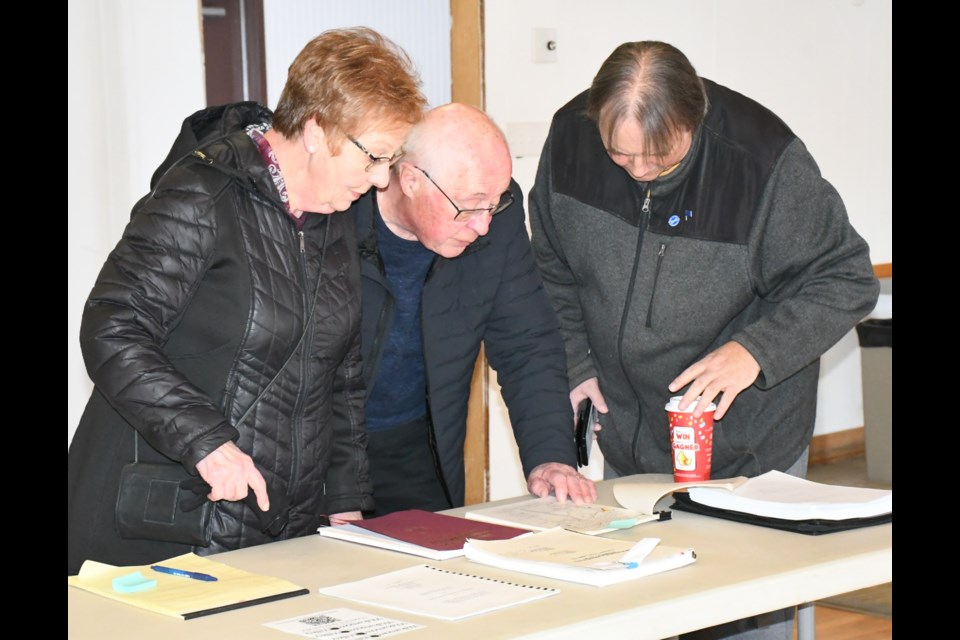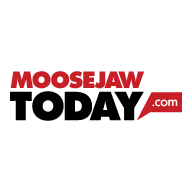Resident Gary Horsnall believes Wakamow Valley Authority (WVA) should reject any major future developments in the park — particularly near the river — because of the presence of Metis and First Nation artifacts.
Horsnall was one of dozens of people who attended an open house at the Sportsman’s Centre on March 1 as part of the WVA’s efforts to acquire feedback for its new strategic plan.
Staff with the authority and consulting firm Non-Profit Governance Solutions were present to answer questions and record comments, while a video presentation and several poster boards showed historical photos.
“(I’m) hoping to get involved in the process (and) help out if I can,” said Horsnall. “I’d like to see the rules come back to the valley … .”
Bringing back “rules” — or guidelines — would address dogs running off-leash, horses tromping around and motorbikes and snowmobiles using the trails when they shouldn’t be, he continued.
“(There’s) no enforcement. People are just free-wheelin’ it,” he stated.
Besides rules, Horsnall is also interested in preserving the park’s archaeological aspects. He pointed to a display book with older maps showing the park’s heritage features and said it should be updated to reflect recent discoveries.
He had a current archaeological map on his phone that he showed to compare the two. He noted that heritage groups conducted physical surveys of the valley in the late 1990s and discovered some sites of interest — including three burial locations.
Horsnall believes WVA needs to update its resources so the public is more aware of what’s in the park. He believes very few people — including city hall — know about the area’s historical significance and what it contains.
“And there’s nothing worse than you hear they’re going to do a development, and then all of a sudden, you got to start at square one (with research) … ,” he said. “That whole turn there (near the Seventh Avenue Southwest bridge) is full of artifacts up to 20 feet in depth. It’s just not a place you want to go develop.”
There are also bison jumps near the river’s edge along with the burial sites, but archaeologists shouldn’t have to dig them up to prove they exist, Horsnall added.
Cody Sharpe, a consultant with Non-Profit Governance Solutions, thought the open house went well and was pleased with how many people turned out. His conversations with people showed residents love the park, use the park in slightly different ways and miss the Burger Cabin.
“But for me … one of the most important pieces of feedback I’m getting is people don’t know Wakamow Valley is a charity. And that, when you make a donation, they can write you a tax receipt,” he said, noting the valley is a separate entity from the City of Moose Jaw.
Since joining the strategic plan project in January, Sharpe has become interested in almost every aspect of Wakamow Valley. He pointed to the organization’s decades-long history and how many people have contributed to its creation and operations. He also thought it was an integral part of Moose Jaw’s identity.
Furthermore, Sharpe has enjoyed digging through the authority’s archival material since he likes looking at those documents.
“So to have an excuse to just dive in and read meeting minutes from 40 years ago, it’s actually kind of fun for me,” he said, adding he hoped his firm could help WVA hire an archivist to arrange those documents for the public to understand “how fantastic” the organization’s story is.




